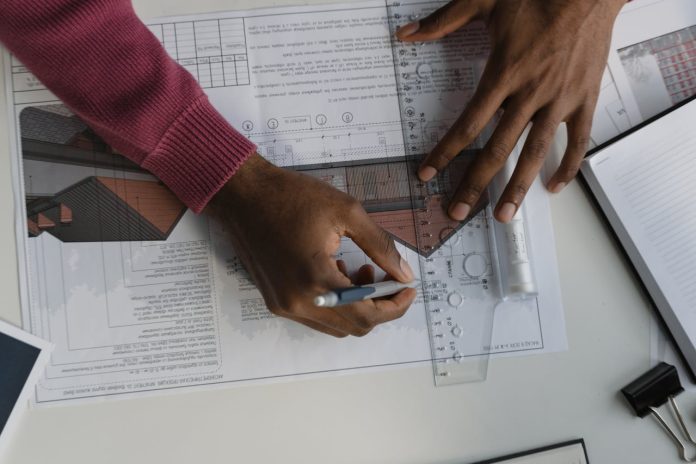Despite the increasing popularity of online shopping, many consumers still prefer buying the products they want at physical stores. That’s because they can make more well-informed purchase decisions when they see the goods up front, allowing businesses to build trust and credibility even among newcomers. As a business owner, you may find constructing a commercial building for your brand practical. However, the process is nothing short of complicated and costly.
Considering the cost of construction materials today as well as rising property values, you may have to shell out a hefty sum to get things going. You can choose to buy an existing property if you have to, but it doesn’t provide you with ample space to play around with the design and layout of exterior and interior spaces.
With new construction, you have the liberty to choose design elements that match the needs and goals of your brand. It’s only a matter of knowing how you can cut down on the costs of new construction without compromising on structural integrity. Here are a few tips to keep your construction costs down as you invest in the process:
1. Ensure proper planning and budgeting
Whether or not you’re new to the process, you should know that it takes a great deal of time, money, and effort to construct a building from the ground up. For this reason, you will have to make sure every cent and second you invest in the project will contribute to your vision. It’s important to have a clear goal in mind, but you will also need to consider its practicability based on the resources you have on hand.
When coming up with a construction plan, be realistic with the design. While you’re free to choose a design that best fits your business’s needs, it shouldn’t come with a hefty price tag. You should consider if you have the means to afford the features you want and adjust your initial concept based on how the project will cost across the board. By taking the planning and budgeting phase seriously, you can avoid adding unnecessary amenities that will only jack up the project’s total cost.
2. Get the best experts involved
It’s easy to trust your preferences and vision when it comes to planning your physical store, but you still need input coming from an experienced architect and contractor. The initial plan you prepared may not even be feasible due to factors such as the site of the establishment and the amount of money you’re willing to pay for the project. With the help of an architect, you can revise your plan to best align with available resources and come up with a design that matches your goals.
When it comes to choosing an architect and contractor, make sure to narrow down your choices to a few who have had experience in your industry. If you’re planning to set up a physical store for your clothing brand, opt for experts with a positive track record in building department stores and boutique shops. Never settle for professionals without experience in your niche or you will risk not getting the most out of the resources you put into the project.
3. Build positive relationships with suppliers
When it comes to choosing materials such as steel framing and cement for the project, you shouldn’t always look at the cost. Cheaper materials may lead to better savings, but they might not offer the right level of quality, especially if you’re constructing a large building for your establishment. Always opt to choose suppliers you can trust. Builders may suggest a list of suppliers they know, but you shouldn’t take this at face value. Dig deeper and see if these suppliers have faced compliance problems.
Whether you’re shopping around for tiles or metal access panels, don’t settle for brands and products with the lowest prices. It’s possible to find materials that fit your budget without compromising the structural integrity of the building. You just have to conduct a rigorous procurement process that includes checking suppliers’ backgrounds as well as the projects they worked on. Doing so will spare you a lot of financial and legal headaches during and after project completion.
4. Stay on top of the process
You can’t expect the project to turn out the way it should be, but that’s normal. For the most part, you may have overestimated the construction, forcing you to cut back on costs and abandon certain features. The builder and architect may also discuss changing certain elements to stay within your budget. It’s crucial to work closely with everyone on the ground and make necessary changes to the initial plan if certain factors get in the way.
As you do so, take the time to review your project’s expenses and talk to the contractor about possible delays that may arise due to a lack of funds. You may want to access additional financing if your current plan costs more than the initial estimate. It helps to ensure proper documentation and analysis so keep receipts and reports regularly and see if you can change the project’s scope.
Endnote
With the amount of money and expertise involved in a commercial construction project, you will want to make sure everything aligns with your vision for your brand without bleeding your wallet dry. Follow these tips to stay within your budget as you lay the foundations.



 Bitcoin
Bitcoin  Ethereum
Ethereum  Tether
Tether  XRP
XRP  Solana
Solana  USDC
USDC  Lido Staked Ether
Lido Staked Ether  TRON
TRON  Cardano
Cardano  Avalanche
Avalanche  Toncoin
Toncoin